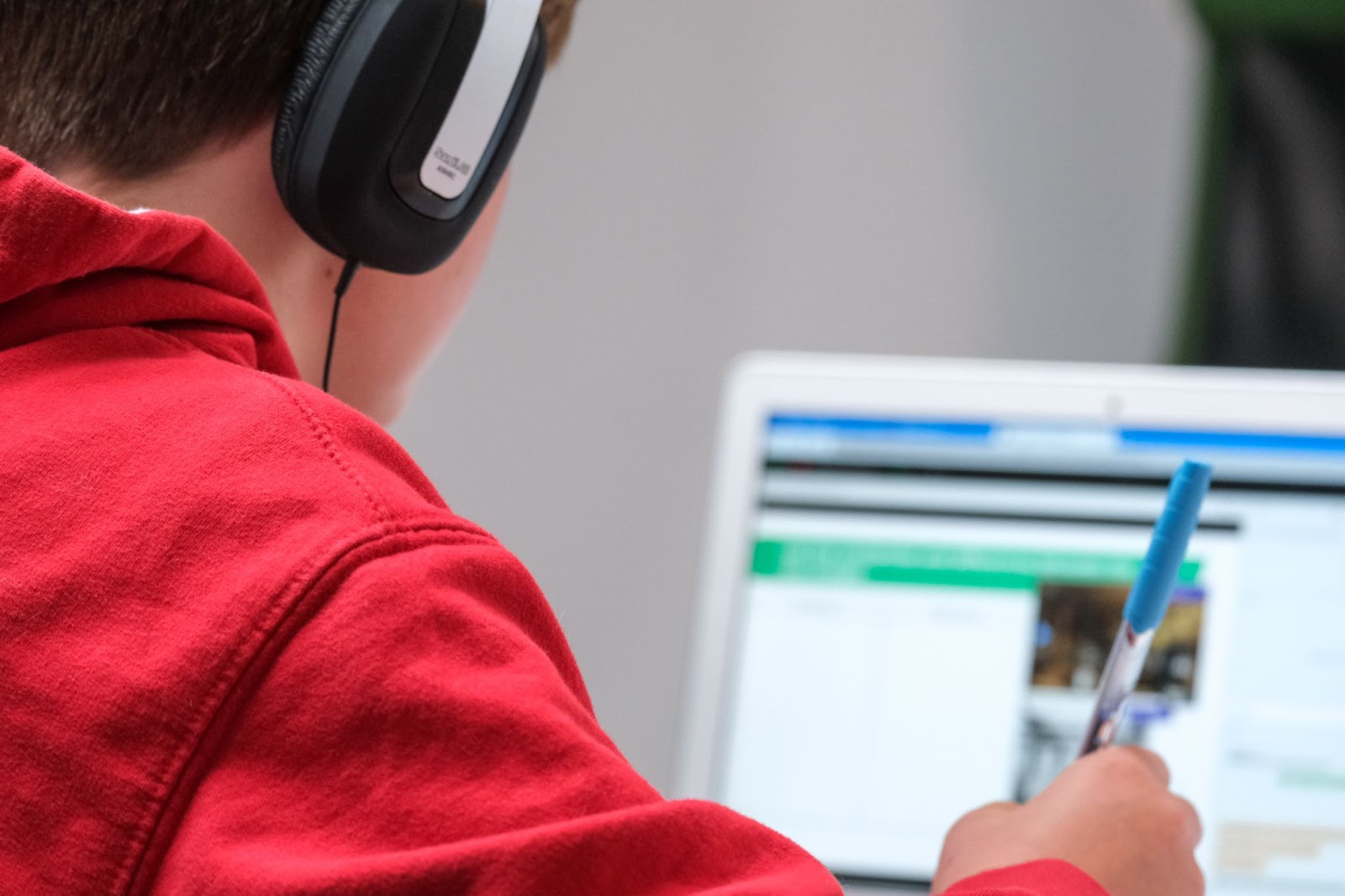Comments
- No comments found

There is nothing new about technology being used in an educational setting, but it has advanced rapidly in the last few decades.
This new approach to modern learning has transformed the education sector.
Any technology used in the classroom should aid students in the learning process. Here’s a look at the transformative journey of technology in education and its impact on modern learning.
Two hundred years ago, lessons involved wooden paddles and writing slates. The chalkboard arrived in the late 1800s, and the pencil followed even later. Even in those days, the need for advanced educational tools was clear. Classes took an exciting turn in 1920 when the radio started providing classes on-air.
The 1930s ushered in overhead projectors with ballpoint pens following a decade later and headphones a decade after that. Videos provided students with a new modern learning method in 1951, and the photocopier changed things again later that same decade. The calculator became a classroom fixture in the 70s, and ultimately, transformation took a dramatic turn in the 1990s when computers started filtering into classrooms.
Today, 95% of teachers rely on technology in their classrooms; this has invited a wealth of new methods for testing and teaching. It has also provided students with new and exciting ways to learn, study, and communicate.

Many classrooms have already introduced 3D printers, voice assistants, and virtual reality devices. The key to technology in the classroom isn't simply what it is but how it is being put to good use. The first step to determining how best to integrate technology into the classroom is considering which solution works best for the grade level and learning objectives. Teachers must also be familiar with the technology to maximize its advantages.
Modern classrooms have digital textbooks, interactive whiteboards, cloud-based tools for collaborative work, and personal devices. A few standouts are commonly used and will soon be the default.
VR presents a unique experience, with experts suggesting we only retain so much of the information we read and hear. VR provides students with an immersive experience that makes learning come to life, which makes lessons more engaging.
What better way to improve classroom collaboration than with cloud computing? Students can continue working together while out of the classroom. In addition to being a great benefit to group projects, it also benefits students who can't be physically present in class. They can still keep up with the current workload without running the risk of falling behind.
Cloud computing has also revolutionized school camera systems. Surveillance cameras generate a significant amount of video data, which can be accessed and watched remotely by authorized personnel, thanks to cloud storage. This has numerous benefits, primarily offering real-time insights and quicker response times to potential security incidents and ensuring that footage is backed up and protected against hardware failures or local data loss.
Online tutoring is another unique option that students have today. It provides access to experts in any subject a student may need assistance with. It's more than just convenient; it matches students with a teacher that can provide them online with the proper care and attention they need.
3D printing is a hands-on learning experience – students can design, print, assemble, dismantle, and put it all back together. This provides them with an intimate understanding of the topic at hand. It also increases digital engagement, improves creativity, and provides handy work opportunities.
With learning platforms powered by AI, students can have their behavior, learning styles, and performance analyzed. This allows a more tailored delivery method and content appropriate to their learning journey. It's one of the most effective ways for students to learn effectively and efficiently, which will only result in improved learning outcomes.
While technology has advanced quickly, it still needs to be finished. The classroom will be a hotbed of technology for many years, from biometrics to augmented reality. Google has AR glasses in the works and the classroom.
These could be used to facilitate real-world experiences. Multi-touch workstations or desks could also become a reality, allowing students to collaborate fully with each other or around the globe.
Technology in the classroom has always been a helpful aid in preparing students for the real world. Today's advanced technology prepares them for a modern workplace that is mainly dependent on technology to function. Students need digital literacy skills, technology is critical to ensuring this, as well as information management, adaptability, flexibility, creativity, and innovation.
Technology also teaches collaboration and communication, as well as encourages problem-solving skills. This can be applied in a real-world setting, ensuring young people are prepared to tackle anything in adulthood.
Luke Fitzpatrick has been published in Forbes, Yahoo! News and Influencive. He is also a guest lecturer at the University of Sydney, lecturing in Cross-Cultural Management and the Pre-MBA Program. You can connect with him on LinkedIn.
Leave your comments
Post comment as a guest